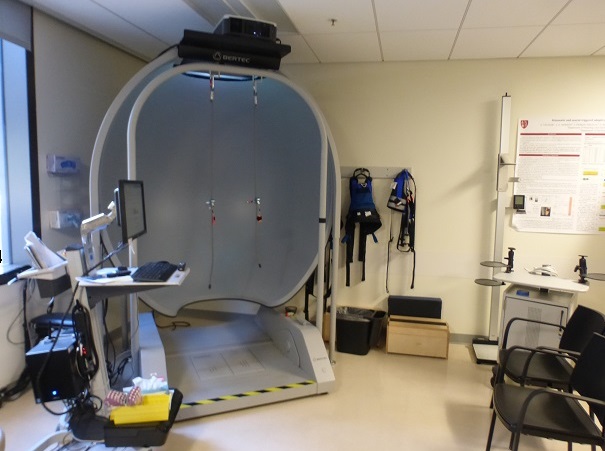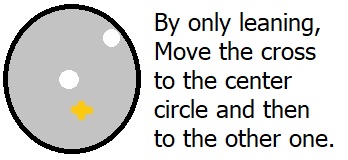Aging, Alcoholism, and Parkinson - Movement Disorders Center - Research Project

|
Aging, Alcoholism, and Parkinson - Movement Disorders Center - Research Project |
Stanford - Aging, Alcoholism, and Parkinson - Palo Alto
|
|
|
Phone Interview - Thursday at 3:30 p.m. - 2018.08.30I was called by Ryan from SRI who asked me if I was interested in doing research on Aging and Parkinson at the Palo Alto Stanford University Research Project?
I agreed to participate in the project.
The testing location is on the train line from San Francisco to San Jose at the Palo Alto station, Stanford.
Space.
|
|
|
|
Project Results as of 2018.09.14

---------------------------- First Phase of Testing ----------------------------
These are some of the preliminary tests being done before the ones in the machine.
Varsha said I was unusual as I could use both left and right at the same speed.
- Do some point and touch exercises with my eyes and fingers.
- Test my arms, legs and head for movements and strength.
- Press keys as often as possible with two fingers on right hand.
- Press keys as often as possible with two fingers on the left hand.
- Do some walking while being videoed.
- Fill out questionaires.
---------------------------- Second Phase of Testing ----------------------------
Varsha told me I was going to be put in a harness and to stand on squares on the floor in front of the large curved surface. I was going to be tested on my ability to stay standing. My balance seems to be more shaky lately when standing on one foot. So I wondered how I would do?
- Put on harness.
- Place your feet on the squares on the floor of the machine.
- You cannot move your feet at all unless told to move them.
- Stand with your hands by your side for 30 seconds with your eyes OPEN, try not to move.
- Do this test three times.
- First test is 30 seconds.
- Second test is 45 seconds.
- Third test is a minute
- Stand with your hands by your side for 30 seconds with your eyes CLOSED, try not to move.
- Do this test three times.
- First test is 30 seconds.
- Second test is 45 seconds.
- Third test is a minute
- Look at the curved wall and the circles of lights that appear on it.
- The circles will move back and forth, toward and away from you!
- The foot panels you are standing on will move back, forward, up and down.
- First test is 30 seconds.
- Second test is 45 seconds.
- Third test is a minute

- The last test has a monitor with a grey circle and a center white circle.
- You try to move your body to put a yellow cross inside the center white circle.
- A count down will start and another circle will appear on various locations on the grey circle.
- You must try to move the yellow cross toward the circle on the outside of the frame only by leaning.
- You try to touch each circle as it appears and disappears around the edge of the test circle with the yellow cross.
- You cannot move your feet off the plates that measure movements.
- A final questionaire is filled out as to one's physical and mental status.
I managed to do all of the above without falling or failing to finish the tests. Varsha said I did a great job as I had done all the testing with excellant results.
| Created on: 2018.08.30 |
|

|
|
Updated on: 2018.09.21 |